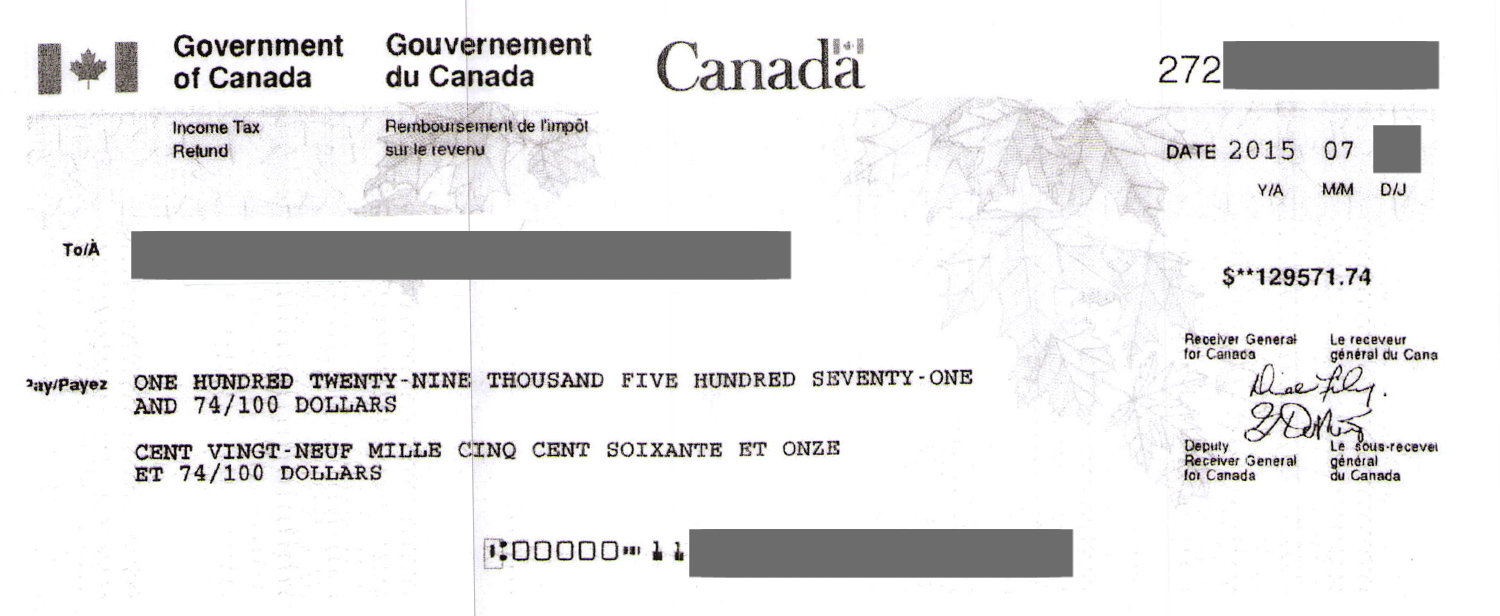
It also gives all taxpayers the right to receive entitlements, such as benefits, credits, and refunds, and to pay no more and no less than what is required by law.ħ.14 It is also important for parliamentarians and the public to have complete and transparent information. We also examined the performance indicators for compliance activities and how they were measured, monitored, and reported to Parliament.ħ.13 This audit is important because the Agency’s own Taxpayer Bill of Rights gives all taxpayers the right to have the law applied consistently.

We examined how consistently the Agency applied its compliance activities for various types of taxpayers across Canada.

Focus of the auditħ.12 This audit focused on whether the Canada Revenue Agency applied the Income Tax Act consistently during compliance activities and accurately reported the results of its compliance activities.

These funds would be used, for example, to hire additional specialists, enhance business intelligence, and deter tax evasion. When dealing with taxpayers, the Agency takes their particular circumstances into account as allowed by law.ħ.11 Budgets 2016 and 2017 gave the Canada Revenue Agency almost $1 billion in additional resources to help enforce taxpayer compliance, with expectations of generating about $5 billion in additional revenues within five years. It is intended to protect taxpayers from inappropriate treatment and to protect the integrity of the tax system. It describes the treatment taxpayers are entitled to when they interact with the Agency. The Canada Revenue Agency’s Taxpayer Bill of Rights describes and defines 16 taxpayer rights, and builds on the Agency’s corporate values of professionalism, respect, integrity, and collaboration. In this report, the term “additional revenues” refers to the estimated additional revenues generated from compliance activities.ħ.9 After conducting compliance activities, the Agency may carry out other processes, such as objections, appeals, and collections.ħ.10 Taxpayer Bill of Rights. The main component is the additional revenues generated from reassessments completed during compliance activities, which the Agency refers to as “tax earned by audit.” The second component includes other items such as interest and penalties. Fiscal impact is made up of two components. One of the ways the Agency assesses, monitors, and reports on the effectiveness of its compliance activities is by measuring and reporting on fiscal impact. Additionally, if a taxpayer requests adjustments to previously reported income tax, the Agency would review the information provided by the taxpayer and complete a reassessment.ħ.8 Reassessments. As part of the compliance activities, the Agency may compare information from third parties to determine whether taxpayers accurately reported income. Alternatively, the Canada Revenue Agency may conduct a more narrow review to verify a line item on an income tax return-such as a specific income amount, deduction, or credit. Compliance activities may include a thorough audit of the taxpayer’s books and records to ensure that the correct amounts were calculated and reported. Those taxpayers may then be subject to the Agency’s compliance activities.ħ.7 Types of compliance activities. However, taxpayers may fail to comply-either deliberately, unknowingly, or in error.ħ.5 It can be challenging for the Agency to identify unreported income or ineligible expenses, assess their impact on taxable income, find the evidence to support the assessment, calculate the amount of taxes due, respond to taxpayers’ objections to the assessed amount, and ultimately collect the taxes due.ħ.6 The Agency develops strategies to identify which taxpayers are more likely to breach the Income Tax Act.

The Canada Revenue Agency supports taxpayer compliance by clarifying the requirements of the Income Tax Act and offering education to make it easier for taxpayers to comply. 7.4 Enforcing compliance with the Income Tax Act.


 0 kommentar(er)
0 kommentar(er)
